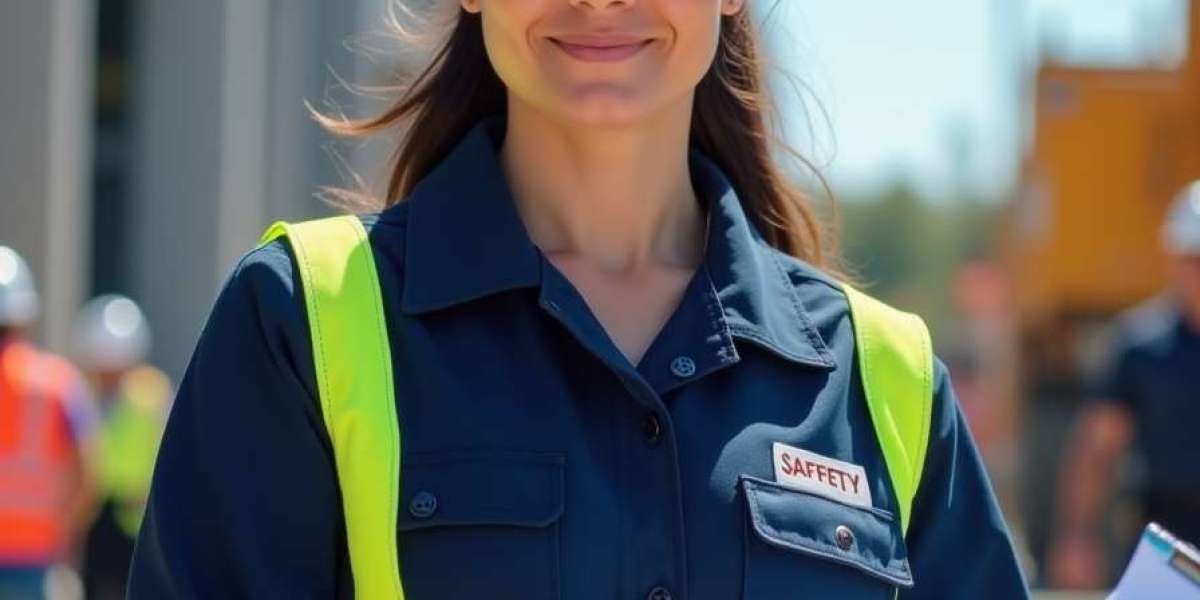When you think about creating a safe workplace, the first thing that might come to mind is making sure hazards are under control before they cause harm. In reality, keeping an environment safe is not a one-time job. It is an ongoing effort that requires consistent attention and active monitoring techniques. Companies that take this seriously often find fewer accidents, happier employees, and better productivity.
Before we dive deep into the step‑by‑step guide, it’s worth noting that in many organizations, safety practices are guided by structured training. For instance, many safety professionals in Asia choose to pursue a NEBOSH course in Pakistan to strengthen their understanding of workplace risk management. This kind of professional learning equips supervisors and team leaders with the right mindset to apply active monitoring in real‑life situations.
Understanding Active Monitoring in the Workplace
Active monitoring is about regularly checking that your safety measures are actually working. Think of it as taking your car for regular servicing. If you wait until smoke is coming out of the engine, it’s too late. In the same way, waiting until a workplace accident happens is not only dangerous but can also be expensive and damaging to a company’s reputation.
In a busy manufacturing plant, for example, one safety officer I met shared how they used daily walk‑throughs to spot misplaced tools, loose wires, and blocked emergency exits. These walk‑throughs, though simple, reduced incidents by almost 30% over six months. That is the power of staying ahead through regular checks.
Why Regular Checks Prevent Hazards
Hazards like wet floors, malfunctioning machines, or poor lighting might seem small at first. However, without constant attention, they grow into bigger problems. Active monitoring gives you a chance to fix these risks early. You can think of it as having a safety net that keeps everyone protected while still moving fast with day‑to‑day work.
It also sends a message to employees that their well‑being matters. When workers see that inspections, audits, and feedback sessions are routine, they feel valued and are more likely to follow the safety measures themselves.
Step‑By‑Step Guide to Effective Active Monitoring
Step 1: Set Clear Objectives
Start by identifying what you want to monitor. Are you focusing on machinery maintenance? Or maybe on safe storage of chemicals? Having a clear goal ensures your team knows what to look for.
Step 2: Assign Roles
Select people who will carry out these checks. Often, supervisors or team leads are given this responsibility, but it’s even better when regular employees are also involved. This way, everyone feels accountable for safety.
Step 3: Create a Monitoring Schedule
Decide how often these checks should happen. In many workplaces, a daily checklist is combined with a weekly or monthly audit. This layered approach helps catch both small and big issues.
Step 4: Use Checklists and Templates
Having a simple checklist can make a huge difference. For instance, a site supervisor I spoke to in a textile factory kept a printed sheet in his pocket. Every day he would tick off points like “fire exits clear,” “first aid stocked,” and “no loose wires.” It took him less than five minutes but prevented countless near‑misses.
Step 5: Record and Review Findings
It’s not enough to just look around. You need to record what you find. Then, at regular intervals—maybe every month—review those findings. Look for patterns. Are the same hazards appearing repeatedly? That’s your cue to dig deeper and fix the root cause.
Tools and Techniques That Actually Work
There’s no single way to do active monitoring. Many workplaces use simple methods like:
Safety tours: Walking through the workplace with a fresh set of eyes.
Sampling: Checking a portion of processes or equipment regularly.
Interviews and feedback: Talking to employees about what they notice.
In larger industries, technology is often integrated. Apps for inspections, real‑time hazard reporting tools, and even smart sensors that alert you when equipment overheats or leaks are getting popular. These approaches don’t just make monitoring easier; they also make data collection effortless.
Overcoming Common Challenges
You might face resistance when starting active monitoring. Some employees might think, “Why fix what isn’t broken?” Share stories that show the benefits. For example, one logistics company introduced a simple morning safety huddle. At first, drivers rolled their eyes, but after a near‑miss was prevented thanks to a shared tip, everyone started taking it seriously.
Another challenge is time. People feel they’re too busy. Remind them that spending five minutes on a quick inspection is far better than spending hours dealing with an accident report later.
How Active Monitoring Supports a Culture of Safety
Over time, regular inspections and reviews become part of the workplace culture. Instead of seeing monitoring as a burden, employees begin to treat it as second nature—like buckling a seatbelt before driving. When a company reaches this point, accidents drop, confidence grows, and clients or visitors notice the professionalism.
Investing in better monitoring also shows management’s commitment. Workers feel reassured knowing that hazards are being actively controlled and that leadership cares about their well‑being.
Learning and Growing with Formal Safety Training
While practical monitoring steps can be implemented right away, formal learning builds a stronger foundation. Safety managers often enroll in professional programs to stay updated with international standards. For example, many supervisors speak highly about attending a NEBOSH course in Pakistan because it covers real‑world hazard control techniques. Such training helps them bring back fresh ideas to their teams and implement monitoring systems that align with global best practices.
Read more: NEBOSH course fee in Pakistan
Final Thoughts and Encouragement
Practical approaches to active monitoring are not complicated. They are about paying attention, taking small actions regularly, and learning from what you see. Whether you are leading a construction crew, managing a factory floor, or running an office, these steps can protect your team and keep your operations smooth.








